Introduction to Semi-Pro Trailers: History and Evolution
In the realm of transportation and logistics, the significance of semi-trailers cannot be overstated. Semi-trailers act as crucial components of the trucking industry, providing the necessary infrastructure for transporting goods over vast distances. The history and evolution of these trailers mirror the advancements in transport needs, technological innovations, and changes in consumer behavior.
By delving into the legacy of semi-pro trailers and their connection to popular culture—in this case, through film and notable actors like Will Ferrell—we can appreciate their crucial role in both practical applications and entertainment.
The Anatomy of a Semi-Trailer: Understanding Its Components
To gain insights into the semi-trailer industry, let us dissect the essential structures that comprise these vehicles. Understanding the various components of a semi-trailer helps highlight their versatility and adaptability in various sectors.
| Component | Description | Function |
|---|---|---|
| Chassis | The base framework of the trailer. | Supports the entire load and provides stability. |
| Axles | Typically equipped with two or three axles. | Distributes weight and enables movement. |
| Tires | Heavy-duty tires designed for durability. | Provide traction and support during transportation. |
| Cargo Area | The enclosed space for goods. | Protects cargo from environmental elements. |
| Landing Gear | Retractable legs that support the trailer. | Stabilizes the trailer when parked. |
| Kingpin | A pivotal connection point with the tractor unit. | Enables directional steering combined with the tractor. |
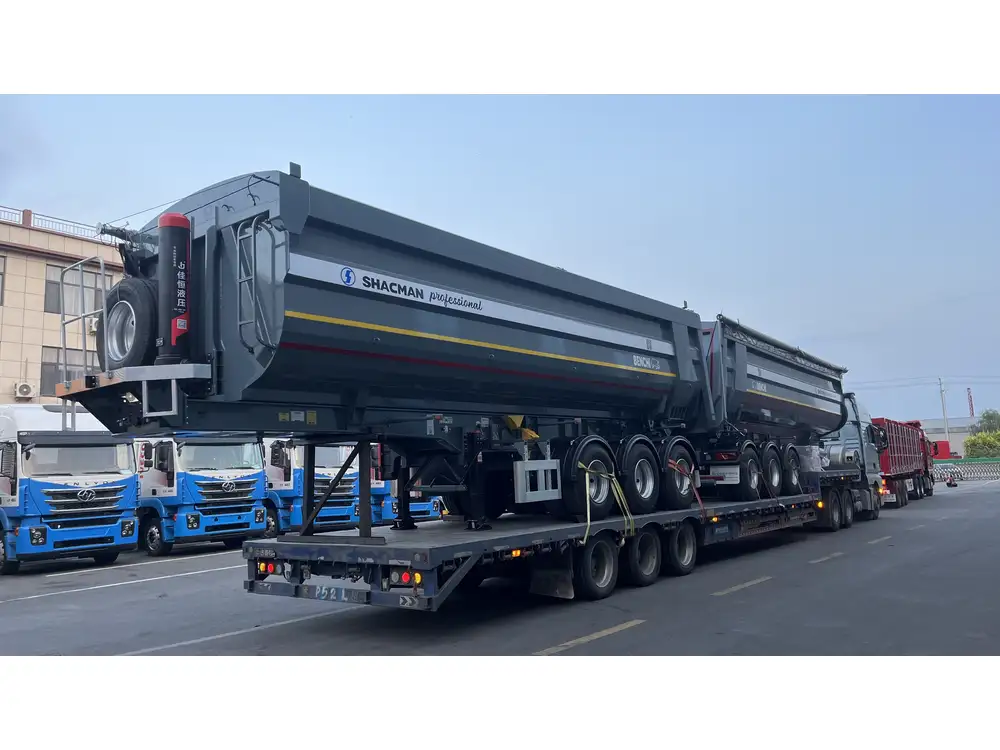
Advantages of Semi-Trailers
The versatility found within semi-trailers opens doors to various uses, catering to an array of industries. Here are the primary advantages:
Loading Efficiency: Semi-trailers can be loaded and unloaded quickly, reducing wait times and increasing efficiency.
Capacity Options: Available in various sizes and configurations to accommodate differing cargo dimensions and weights.
Cost-Effectiveness: Semi-trailers are often more economical than traditional truck bodies, allowing carriers to maximize freight costs.
Adaptability: Semi-trailers can be customized for specific industries, such as refrigeration for food transport or flatbeds for heavy machinery.
Ease of Maintenance: Components of semi-trailers can be repaired or replaced individually, simplifying maintenance and promoting longevity.
The Impact of Semi-Pro Culture on the Trailer Industry
In 2008, the film “Semi-Pro,” starring Will Ferrell, offered a comical yet poignant look at the semi-professional sporting world. While primarily focusing on basketball, it inadvertently brought attention to aspects of the transport industry, including the semi-trailer culture.
Exploring the Themes Pervading the Film
Teamwork and Collaboration: Just like in the trailer industry, where various components work in unison, the film illustrates how collaboration is vital to achieving success in any endeavor.
Perseverance: The characters’ struggles symbolize the challenges faced in the transportation sector—whether it’s overcoming economic downturns or adapting to new regulations.
Identity and Branding: The film depicts how identity plays a crucial role in securing success. Just like trailers that symbolize company brands, the way a semi-trailer looks can influence perceptions in the trucking industry.
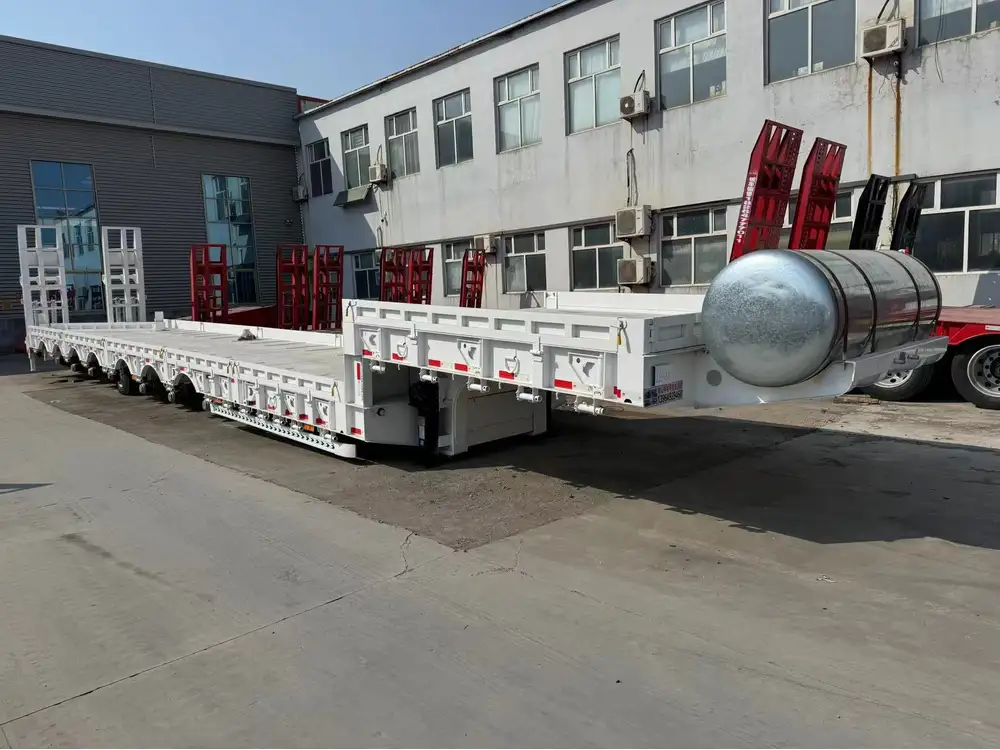
Common User Issues: Navigating the Challenges in the Semi-Trailer Sector
The semi-trailer industry is riddled with challenges that manufacturers and users alike must address. Here are some common issues, broken down into key categories:
1. Regulatory Compliance
Users face difficulties in adhering to constantly evolving regulations regarding weight limits, dimensions, and environmental standards. Staying informed about these rules is essential for seamless operations.
2. Maintenance and Repairs
Many users struggle with the logistics of maintaining their semi-trailers. Regular inspections and timely repairs are crucial to preventing larger, more costly issues from arising.
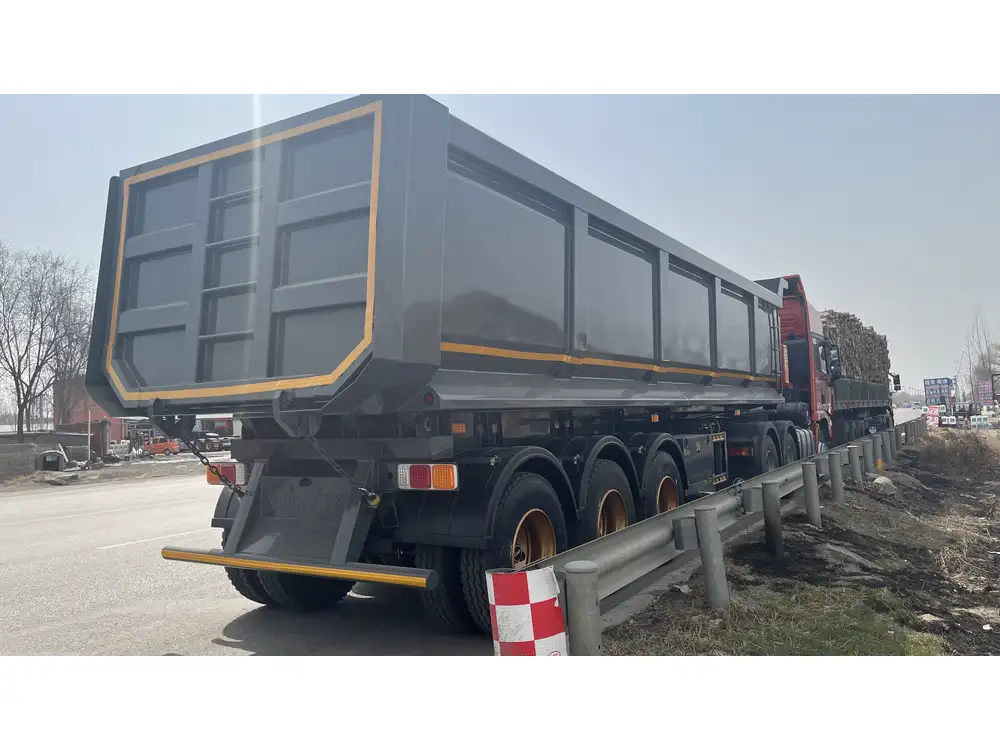
3. Transportation Costs
Fuel prices fluctuate, impacting the cost-effectiveness of hauling cargo. Users need to consider fuel-efficient options when selecting semi-trailers to minimize operating costs.
4. Cargo Security
The rise of cargo theft remains a pressing concern. Implementing security measures—such as GPS tracking and heavy-duty locks—can help safeguard valuable shipments.
5. Traction and Stability
Traffic conditions and load distribution can impact vehicle stability. Investing in quality tires and proper weight distribution can mitigate this risk.
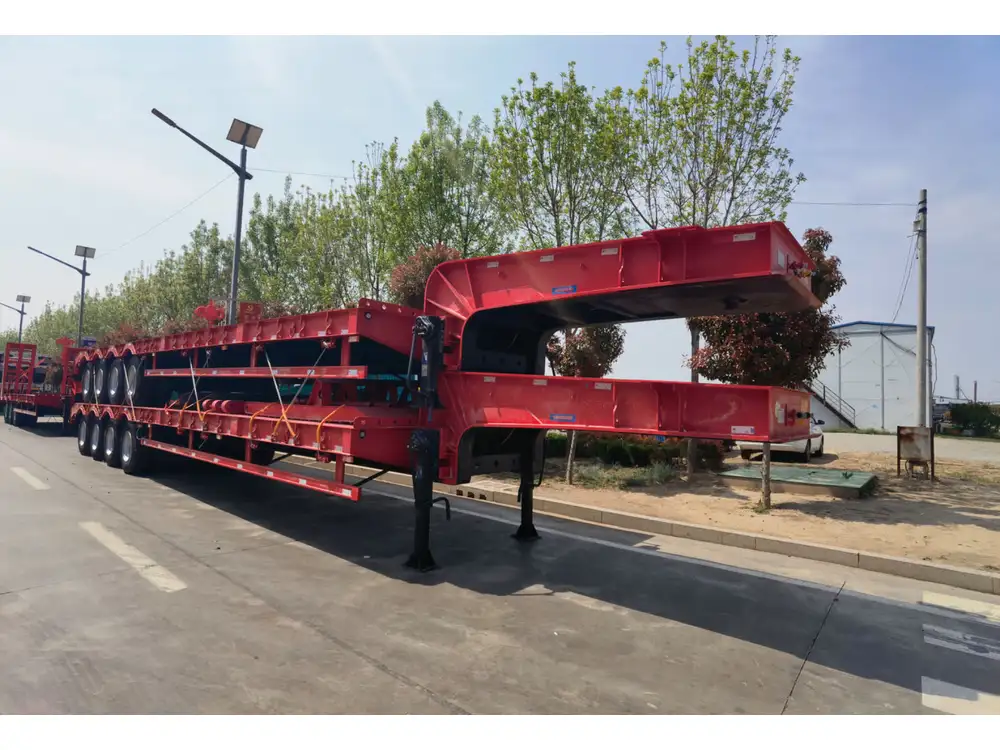
Innovations in Semi-Trailer Technology: What’s Next?
The future of semi-trailers is characterized by rapid technological advancements, transforming how manufacturers and users conceive the potential of these vehicles.
Autonomous Trailers
The integration of autonomous technology into semi-trailers promises to enhance efficiency and safety. Potential benefits include:
- Reduced Driver Fatigue: With automated driving systems, long-haul journeys become less taxing on drivers.
- Improved Fuel Efficiency: Advanced cruise control technologies optimize fuel consumption.
- Predictive Maintenance: AI algorithms can alert users about potential mechanical failures before they happen.
Connectivity and IoT
The introduction of smart semi-trailers equipped with IoT devices provides real-time tracking and monitoring capabilities. This innovation is particularly valuable for:
- Cargo Tracking: Users can monitor the status and condition of their cargo at any time, enhancing supply chain visibility.
- Driver Performance Analytics: Fleet managers can track driver behaviors and make data-driven decisions to improve performance and reduce costs.
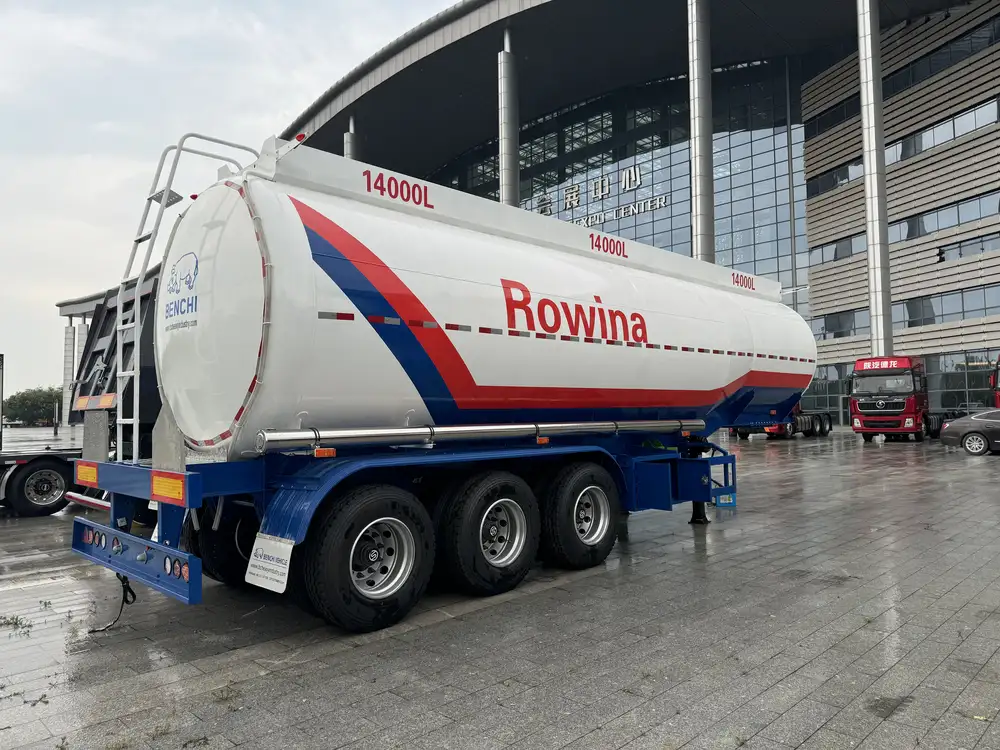
Eco-Friendly Options
With growing environmental concerns, eco-friendly semi-trailers, such as those utilizing lightweight materials or alternative fuel sources, are gaining traction. Manufacturers are focusing on:
- Sustainable Materials: Using recycled or renewable materials in trailer construction.
- Energy-Efficient Technologies: Implementing aerodynamic designs to reduce drag and enhance fuel efficiency.
Conclusion: Embracing the Future of Semi-Trailers
As we draw parallels between the semi-trailer industry and cultural representations like Will Ferrell’s “Semi-Pro,” it becomes evident that this sector is integral to our global economy. Understanding the intricate dynamics of semi-trailers, from their construction and advantages to their challenges and future prospects, provides us with a comprehensive picture of their importance.
Embracing innovations, addressing user challenges, and paying homage to cultural representations help enrich our appreciation for semi-trailers and the roles they play in facilitating commerce and transportation.
Whether you’re a manufacturer looking to enhance products or a user striving to optimize operations, the ever-evolving landscape of the semi-trailer industry promises exciting opportunities ahead. Rest assured, the journey has only just begun, and the best is yet to come.
Explore More: Engage with our in-depth resources and connect with experts in the field of semi-trailer manufacturing to stay ahead in this dynamic industry.



